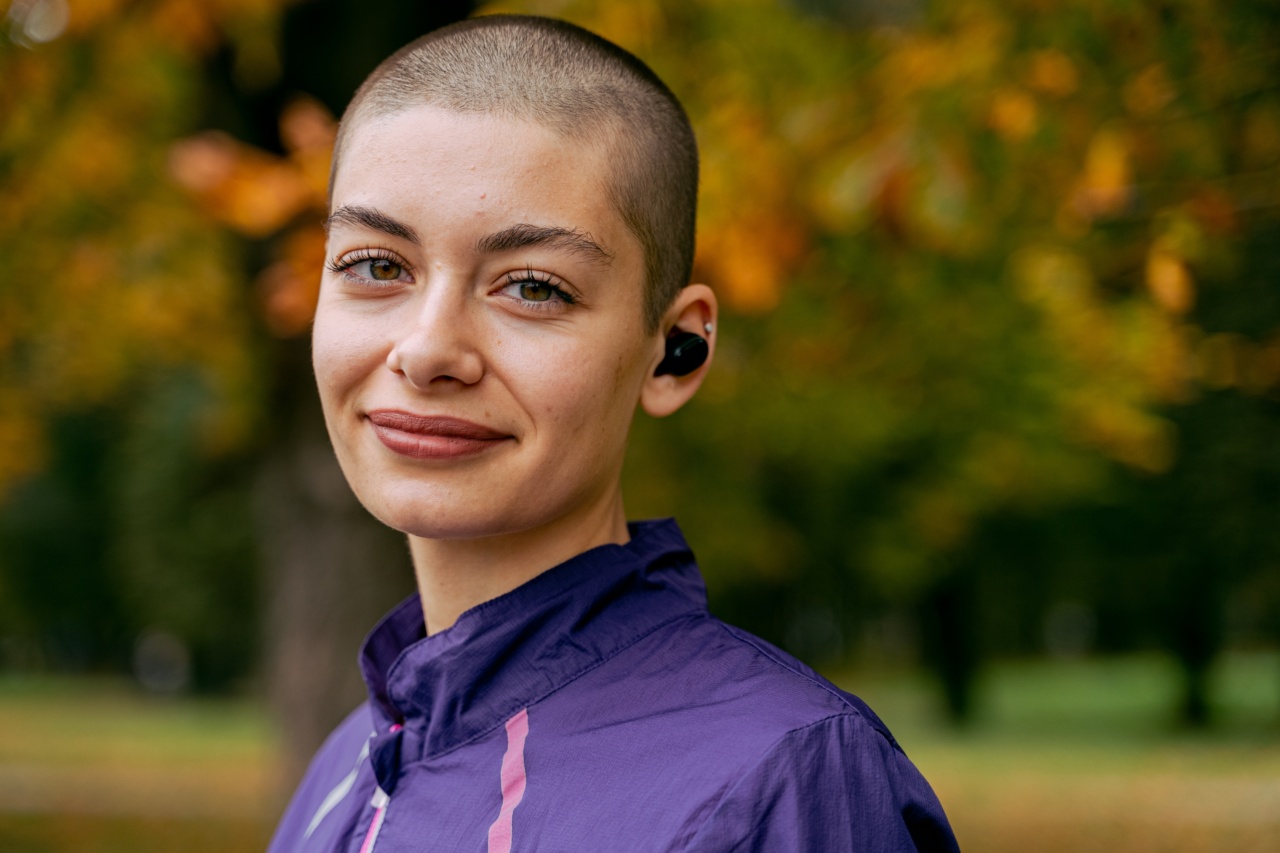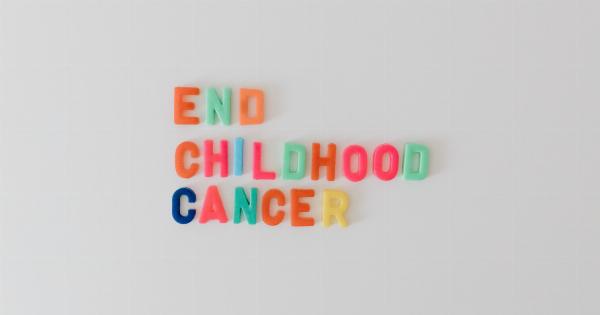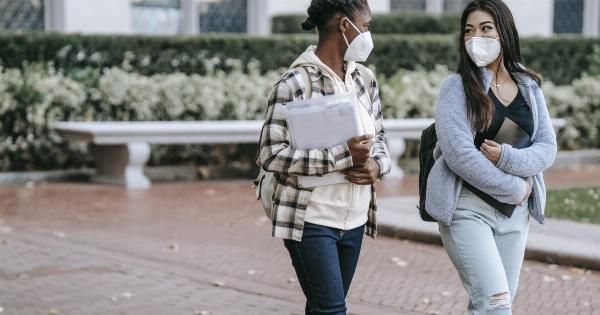Breast cancer is a common disease that affects many women worldwide. It is the second most common cancer in women after skin cancer. Incidence rates vary globally, primarily depending on factors such as age, genetics, lifestyle, and environmental factors.
Studies have revealed that genetic predisposition is a significant contributor to breast cancer. Individuals with inherited mutations on certain genes are more prone to breast cancer than others. This article delves into understanding the genetic predisposition that elevates the risk of developing breast cancer.
What is genetic predisposition to breast cancer?
Genetic predisposition refers to the likelihood of developing a certain trait or disease based on an individual’s genetic makeup.
In breast cancer, genetic predisposition mainly revolves around the presence of inherited mutations or variants in specific genes, such as BRCA1 and BRCA2. These genes are responsible for suppressing the growth of tumors, and when altered, they lose their tumor-suppressing abilities, thus increasing the risk of developing cancer.
Inheriting such mutations does not guarantee that the individual will develop cancer, but it makes it more likely.
What are BRCA1 and BRCA2 genes?
BRCA1 and BRCA2 are genes that produce proteins responsible for suppressing tumor growth. Mutations in either of these genes can cause loss of tumor-suppressing abilities, which drives the development of cancerous cells.
While everyone has BRCA1 and BRCA2 genes, some people have inherited mutations that are known to increase the risk of developing breast and ovarian cancer. BRCA2 mutations, for instance, often lead to significantly higher risks of developing breast and ovarian cancer in women than BRCA1 mutations.
How do you know if you have a genetic predisposition to breast cancer?
Individuals with a familial history of breast and ovarian cancer are likely to be genetically predisposed to breast cancer. Additionally, inherited mutations can be detected through genetic testing.
Genetic testing typically involves collecting a small sample of blood or saliva and analyzing it for specific mutations in genes such as BRCA1 and BRCA2. Individuals who have a family history of breast cancer given genetic testing are evaluated using different criteria than those without a family history of breast cancer.
Anyone who develops breast cancer at a younger age, has multiple cases of cancer in their family, has cancer in both breasts, or has breast cancer and ovarian cancer may be referred for genetic testing.
Understanding the impact of genetic predisposition on breast cancer
According to the National Cancer Institute, inherited mutations in the BRCA1 and BRCA2 genes increase the risk of developing breast and ovarian cancers by six times.
Individuals with such mutations are also more likely to develop breast cancer at a younger age than those without. They are estimated to have a 55-85% lifetime risk of developing breast cancer and a 20-40% risk of developing ovarian cancer.
How to lower your risk of breast cancer if you have a genetic predisposition
While individuals with inherited mutations in BRCA1 and BRCA2 genes are more predisposed to breast cancer, there are steps that individuals with such genetic predispositions can take to lower their risk of developing breast cancer.
Some of these measures include:.
1. Regular Medical Screening and Consultation:
Individuals with a genetic predisposition to breast cancer should ensure that they attend regular medical screening and consultation with a health care provider.
This includes annual mammograms, physical breast exams, and ultrasound tests, which can help to detect early-stage breast cancer before it spreads and becomes more difficult to treat. Consultation with an oncologist or other medical specialists can help implement a personalized plan for breast cancer prevention.
2.
Engage in Healthy Lifestyle Habits:
Leading a healthy lifestyle by exercising regularly, consuming a healthy diet rich in fruits and vegetables while avoiding alcohol, smoking, and recreational drugs may decrease the risks of developing breast cancer. Studies have shown that individuals with an active lifestyle decrease the risk of developing breast cancer in both the general population and people with genetic predisposition such as BRCA 1 and BRCA 2 mutations.
3. Consider Risk-Reducing Surgery:
Some individuals may need to consider prophylactic mastectomy, which removes the breast tissue before cancer can develop. This procedure is accompanied by breast reconstruction surgery to replace the removed tissue.
Radical surgery is not the first option doctors discuss with patients. It is considered after extensive counseling and discussion of genetic risks. Decision making for prophylactic procedures is complex, with pros and cons that should be evaluated critically and individually.
Conclusion
Breast cancer remains a significant public health concern worldwide. Many factors contribute to the development of breast cancer, but genetic predisposition, as defined by inherited mutations on specific genes, remains a vital contributor.
BRCA1 and BRCA2 genes mutations increase the risk of developing breast and ovarian cancer. Affected individuals should understand the impact of genetic predisposition on the likelihood of developing breast cancer and the treatment options available to reduce the risks.
The measures to lower an individual’s risk of breast cancer and the early detection of cancer, implementing healthy lifestyle habits, and counseling play a significant role in reducing the risk of developing breast cancer.
























